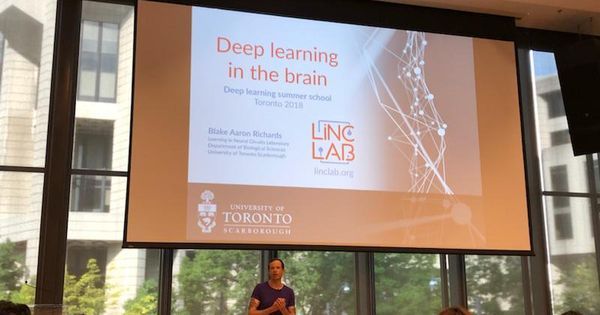Science is advancing rapidly, and the field of aging research is no exception. Our understanding of aging has grown a great deal in the last decade, and we are now reaching the point at which the first therapies that target aging are starting to arrive. Unlike the snake oil of previous years, some of these might actually work; today, we are going to have a look at NAD+ repletion, one such promising therapy.
In the near term, nicotinamide adenine dinucleotide (NAD+) is showing potential for addressing some of the aging processes. NAD+ levels decline significantly during aging in both humans and animals, and studies on old mice have shown that restoring NAD+ levels causes them to look and act like younger mice while increasing their lifespan.








